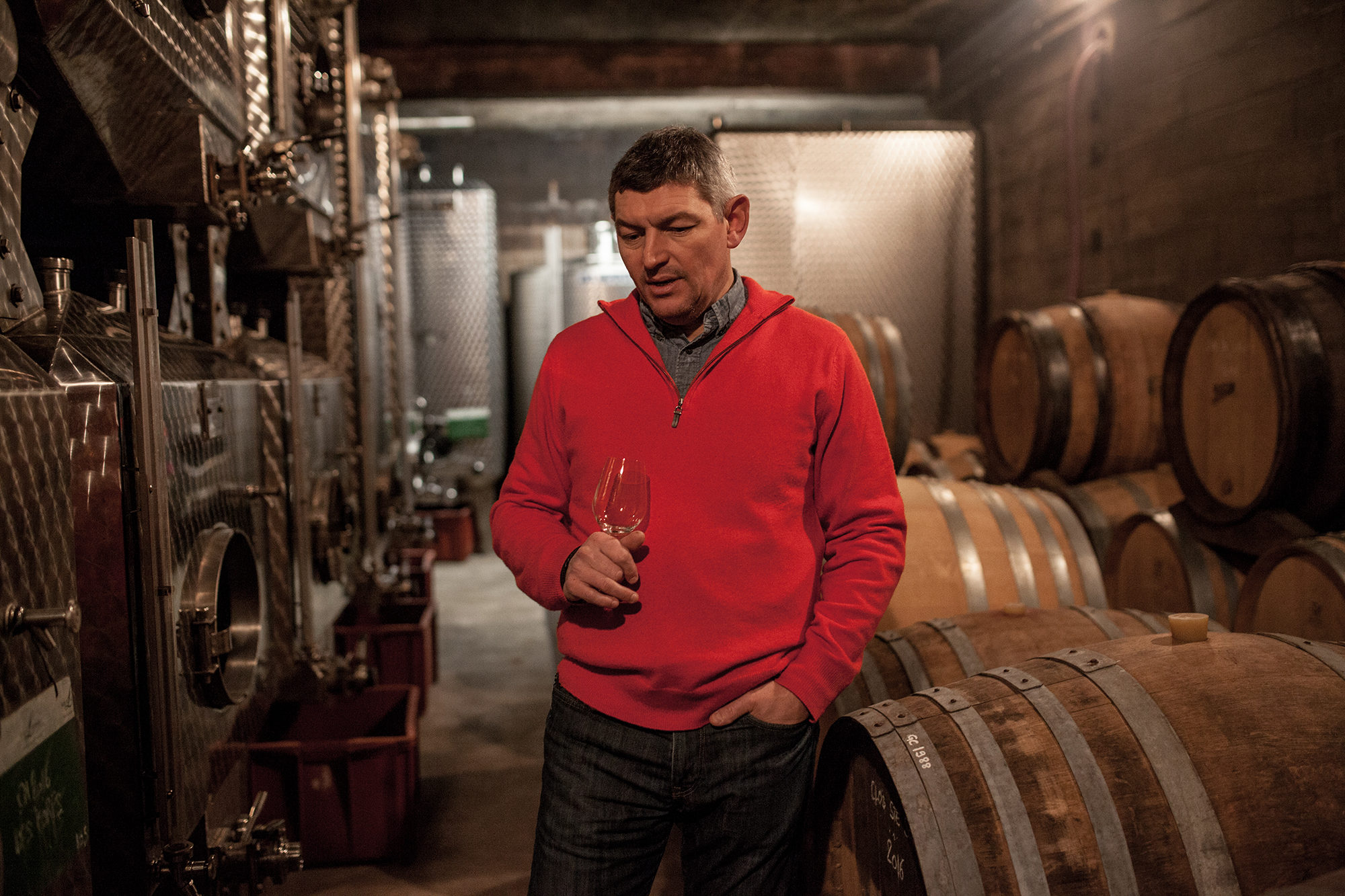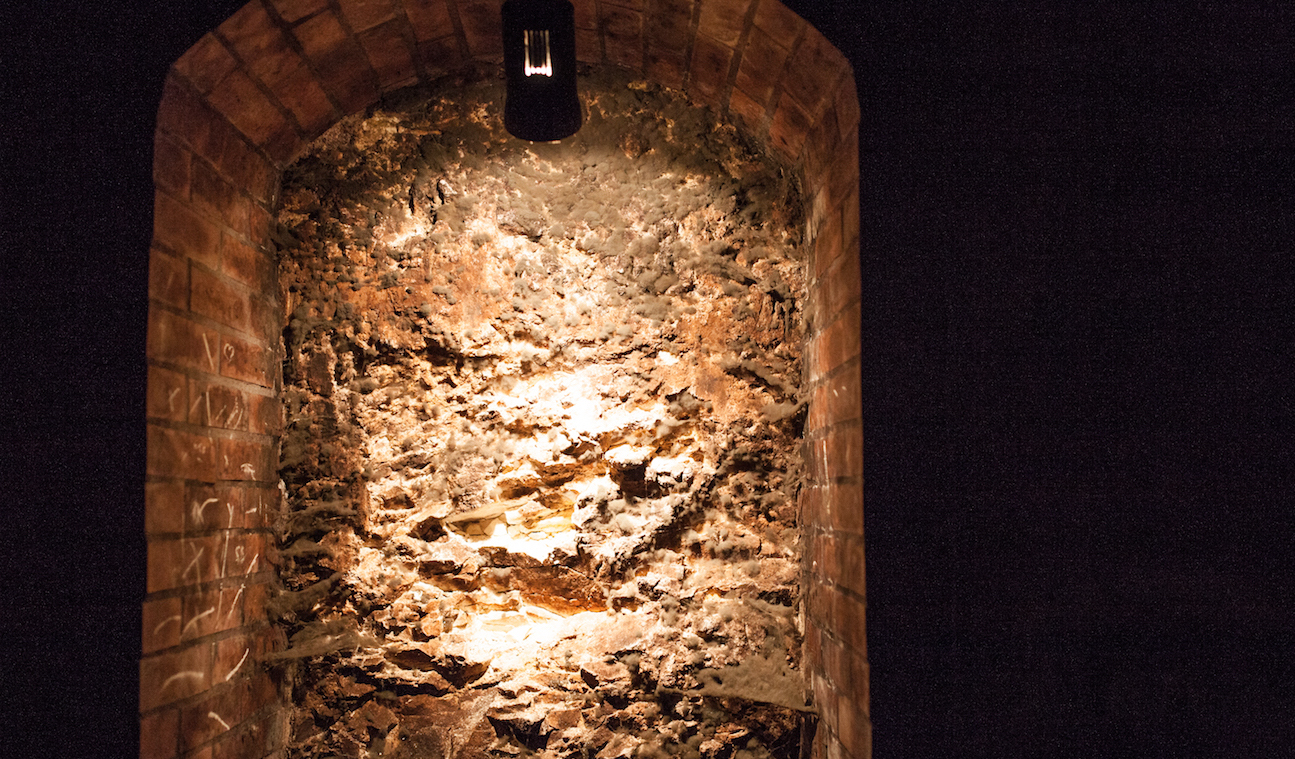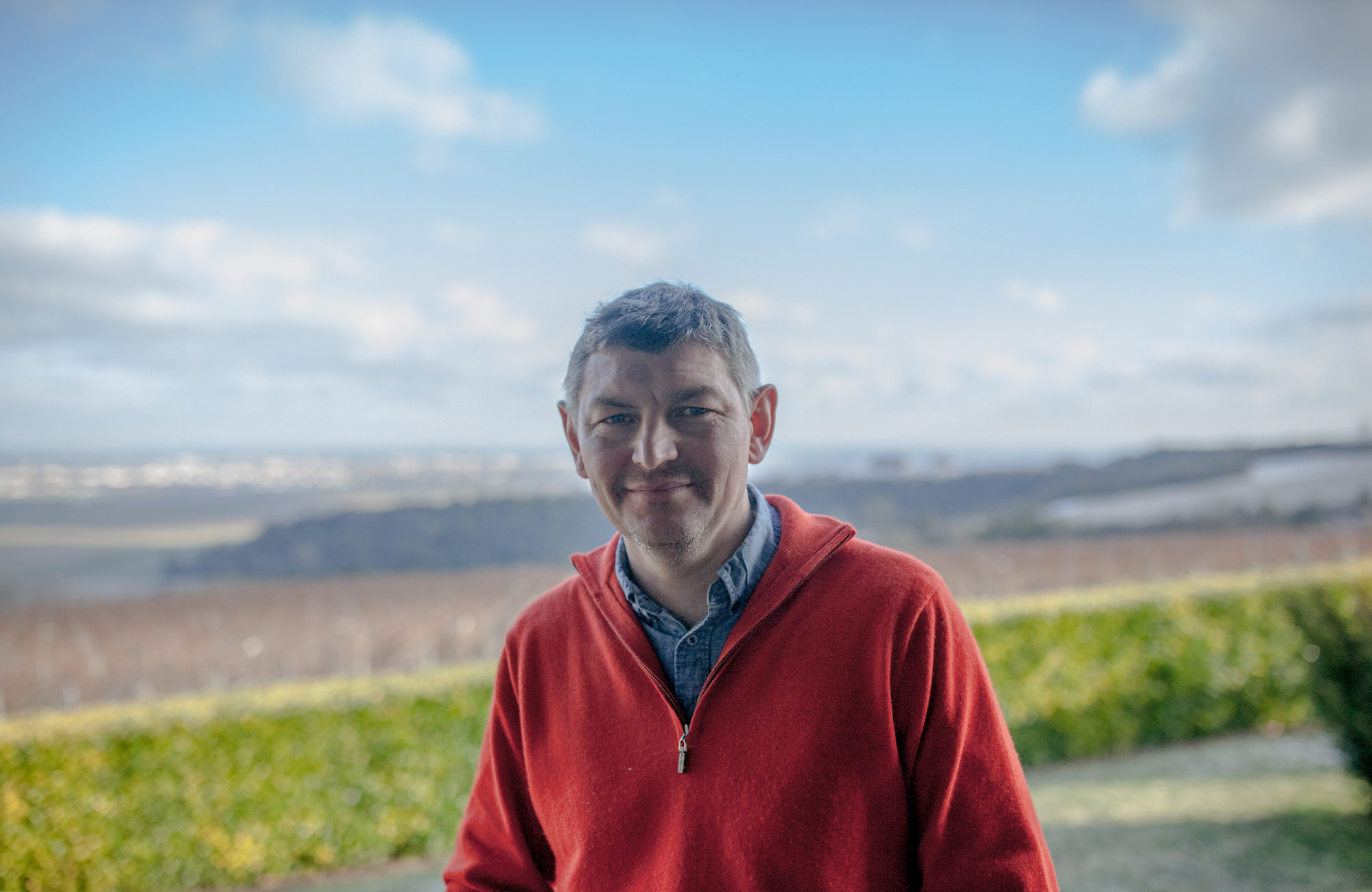Jacques Lassaigne
Champagne / France

At A Glance
Winemaker(s)
Emmanuel LassaigneAppellation
Champagne (Montgueux)Varieties
ChardonnayFarming
OrganicTheir Story
Located near the gates of Troyes in the town of Montgueux, Emmanuel Lassaigne works a 4.7 hectare family vineyard planted almost exclusively to chardonnay. The majority of Lassaigne’s vines are 30 to 45 years old and are planted across the street from his house overlooking the valley between Montgueux and Troyes. He farms four hectares in total and buys about one hectare’s worth of chardonnay from trusted farmers who allow him to choose which parcels he wishes to control through viticultural methods and when he wishes to harvest. After taking over the domaine for his father in 1999, Emmanuel focused on estate-bottled champagnes and now works with nine different parcels of which each is vinified separately and then blended into the final cuvées.

Emmanuel Lassaigne’s domaine lies just north of the Côte des Bars at the far north side of the Aube department. The soil is unique. Its chalky terroir is mixed with veins of limestone, which together provide Emmanuel’s chardonnay with textured minerality and pristine acidity levels while maintaining full ripeness. To highlight this, Emmanuel vinifies each of his parcels separately. He is now bottling all his cuvées without dosage because, as he says, “before all else, I am making Montgueux, champagnes of terroir”. Montgueux began as a viticultural anomaly which was struck by phylloxera at the end of the 19th century. Vineyards were not replanted until the 1960s and it wasn’t until the 1980s when laws were changed, and the towns labels were granted permission to be labeled with the Champagne appellation. It was at this time that Jacques Lassaigne, Emmanuel’s father, became the new generation grower of Montgueux. The domaine sits at the top of the mountain overlooking Montgueux and its vines.
Emmanuel is extremely consistent and precise in the cellar; the majority of vinification is done in stainless steel using only indigenous yeast fermentation. None of the wines are filtered and each of the champagnes are disgorged by hand. Emmanuel is experimenting with different types of old French barriques for fermentation and aging. He has also began to produce still wines but they are very rare and only one of the wines is sold commercially.
Current Releases

Interview with vigneron Emmanuel Lassaigne
WHERE WERE YOU BORN AND RAISED? I was born in Troyes and I was raised in Montgueux. IF YOU COULD BRIEFLY DESCRIBE YOUR APPROACH IN THE VINEYARD WHAT WOULD IT BE? Nature. We don’t use soil inputs (no fertilizer, no manure or compost), chemical weedkiller, insecticide (even organic), 100% grassed vines. We work the soil mechanically and by hand. WHAT EXCITES YOU MOST ABOUT YOUR VINEYARDS? I am very excited by the subsoil which is a chalky. It means that the sea was here 90 millions years ago. IF YOU COULD SAY ONE THING TO THE SOMMELIERS WHO ARE INTRODUCING PEOPLE TO YOUR WINES FOR THE FIRST TIME, WHAT WOULD IT BE? Thank you, it is an excellent choice! WHAT IS YOUR FAVORITE TYPE OF MUSIC? Jazz and soul. IF YOU COULD HAVE ANY SUPERHERO POWER, WHAT WOULD YOU CHOOSE? I will not choose any power. I do not want to have one. Visit Jacques Lassaigne WebsiteDiscover More Producers From Champagne
